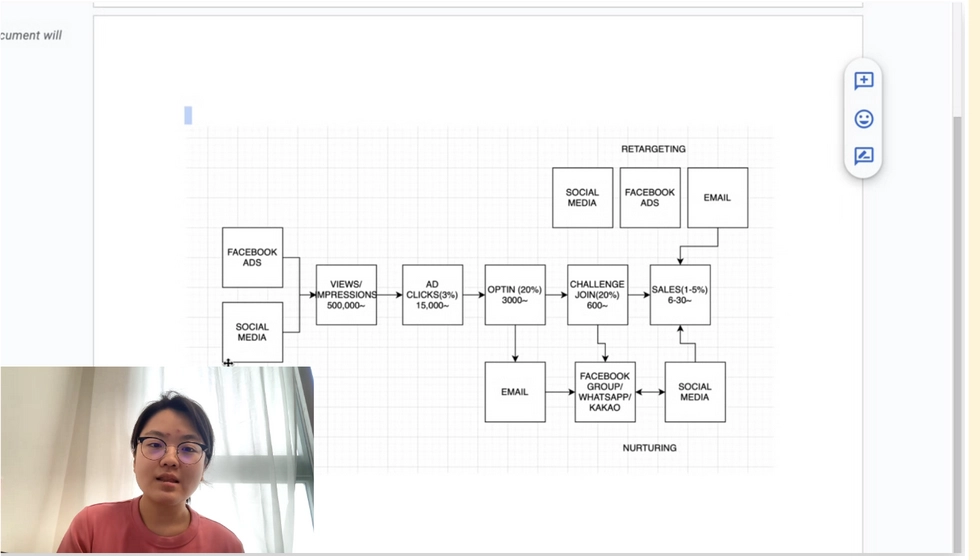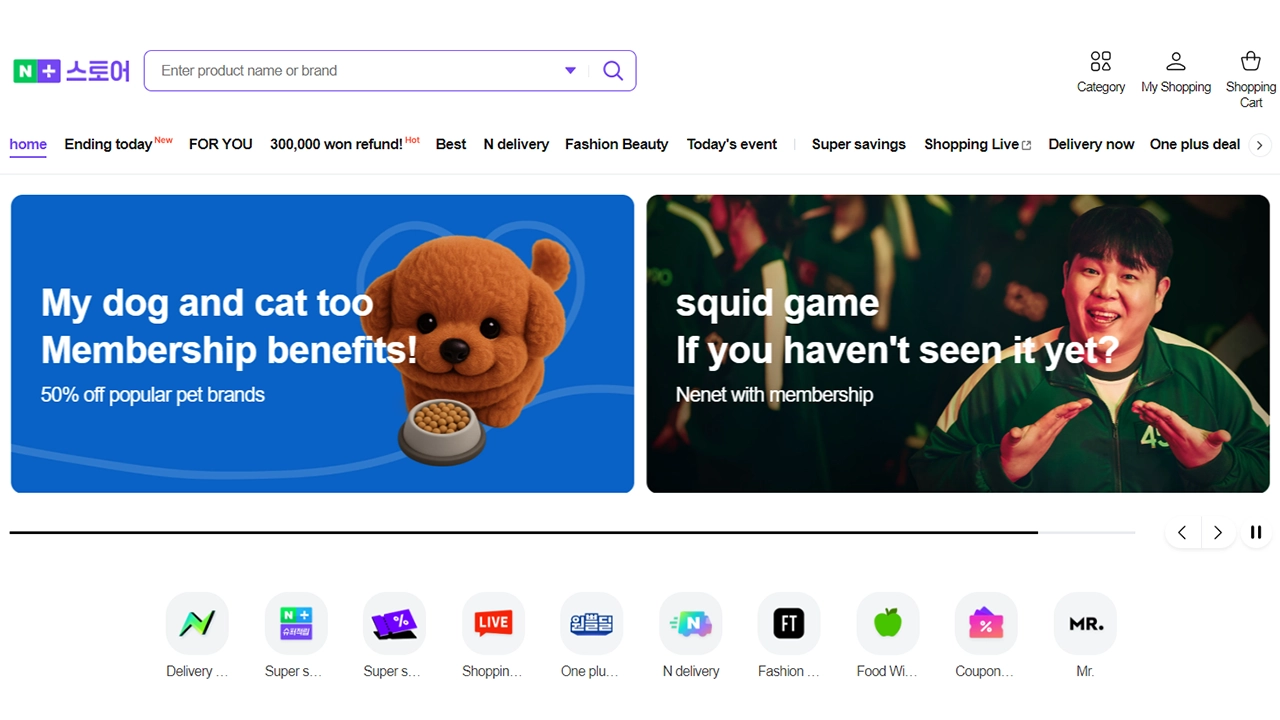If you’re unsure how to launch a product in a new market or if you just want to test your product’s potential, this guide is for you. Let’s dive into how to strategically launch and test a product in an unfamiliar market in 30 days using two proven approaches.
Prefer watching over reading? Click here for the full and in-depth video guide!
How to Launch and Test a Product in a New Market
Evaluate Your Success Record
Your starting point will depend on your current track record:
- Established Brands:If you’re already a successful and reputable brand, you have existing data to inform your strategy.
- Startups or Small Businesses: As a startup or small business, you may find yourself lacking business data to refer to. Without prior success data, your approach will be more exploratory, making customer feedback especially valuable.
With that in mind, here are two effective formats you can use to enter a new market successfully.
Option 1: The Challenge Format
What is the Challenge Format?
The Challenge Format is perfect for brands in competitive industries—like health, wellness, and beauty—where building trust is essential. In a challenge, customers engage with your product through a structured program, like a fitness challenge or skincare routine, to experience its benefits firsthand.
I discussed this format in a consultation I had with a 10-figure Russian beauty and healthcare brand looking to successfully launch in new regions. They are aiming to avoid costly offline events like pop-ups and marathons by focusing on a digital challenge instead.
How to Run a Challenge Format Campaign

- Target the Right Audience: DUsing ads on platforms like Facebook and Instagram, attract users who would benefit from the challenge.
- Generate Views & Impressions: Aim for at least 500,000 impressions to get substantial interest through Meta ads.
- Click-through Rate (CTR): Anticipate over a 3% CTR for your ads.
- Email Opt-in: With a 20% average opt-in rate, gather emails for ongoing engagement.
- Challenge Sign-ups: Expect around 20% of email leads to participate in the challenge.
- Post-Challenge Sales: Convert challenge participants by offering a subscription model or special packages.
Throughout this process, engage your audience on platforms like Facebook, WhatsApp, or Kakao (for South Korea) or Line. This builds community and reinforces brand trust.
Nurturing & Retargeting: Continue to engage both participants and those who signed up but didn’t participate. Use ads and emails to retarget these groups and convert them into paying customers.
Evaluating Success: After the campaign, analyze each step to identify any areas needing improvement. Adjust targeting, creative, and copy to enhance the campaign.
Option 2: Giveaways and Tester Events
What is a Tester Event?
If your brand is popular in a few markets but new in others, giveaways or tester events can be an ideal introduction. This approach is effective in promoting your product in a short period of time.
I discussed this campaign format in a consultation I had with an Australian skincare brand looking to expand from Taiwan and Australia into South Korea and Japan. By tapping into existing popularity in regional Costco stores, we will be running a tester campaign that resonates with a target demographic the brand has identified through market research.
How to Run a Tester Event Campaign
- Recruit Influencers or Micro-Influencers: Identify influencers in your new market who align with your brand values.
- Create an Eye-Catching Campaign: Design social media posts (carousels, Reels) inviting people to try the product as testers.
- Boost Posts with Ads: Run ads to reach more potential testers on Instagram or other relevant platforms.
- Community Engagement: Use Facebook Groups or niche platforms like Naver Cafe to connect with testers and encourage interaction.
Post-Campaign Follow-Up: After the event, analyze which elements succeeded and address any areas for improvement. Monitor audience engagement, ensure the targeting was accurate, and refine ad creative or copy as needed.
The Importance of Targeting and Social Media Nurturing
To make your campaign successful, accurate targeting is crucial. Ensure your ads reach potential customers who can afford and would benefit from your product. Generic ads won’t convert, so your copy and visuals must resonate with the audience’s interests.
Social Media for Trust-Building: Entering a new market means establishing an online presence. Social media is vital for building trust and rapport with potential customers. Using platforms like Instagram, Facebook, or regional networks (Kakao, Naver Cafe) will help your brand become recognizable in the new market.
I hope this guide gives you actionable strategies for launching or testing your product in a new market. In my next post, I’ll discuss more about how you can run Facebook ads without a landing page to test your market fit quickly and efficiently.
Stay tuned, and if you found this helpful, be sure to subscribe to our newsletter for more social media and marketing insights. See you in the next guide!
P.S. Interested to work with me and my team? Click here to learn more!
Hyein
I’m an award-winning global marketing expert running HY Marketing in South Korea. We help businesses succeed in South Korea, Japan, and English-speaking markets through social media and Facebook ads.
your next big win?
This playbook cuts through the noise and gives you the blueprint to enter with impact.


